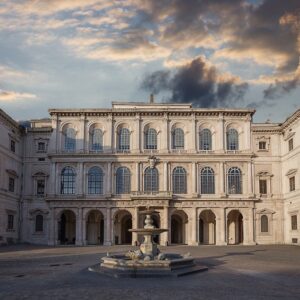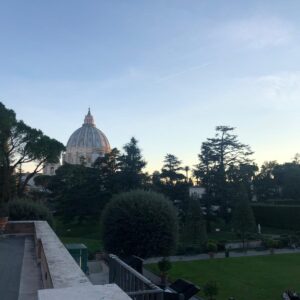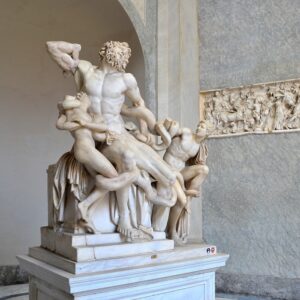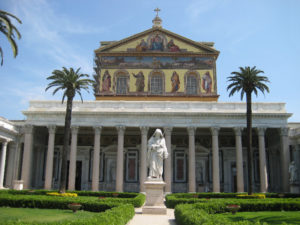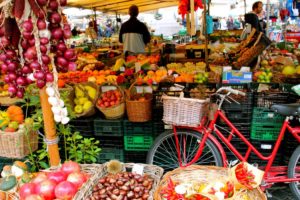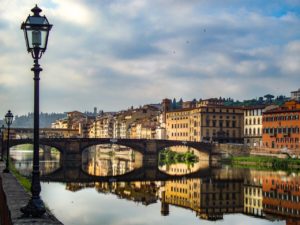Today we are going to talk to you about Florence in particular about ‘gardens’, two slightly different but equally interesting types of gardens.
If you are in Florence for a short visit and have already seen the city with our Florence Tours, we recommend two places off the beaten path that will leave you speechless.
The Gucci Garden in Florence
A stone’s throw from the Uffizi Gallery, was inaugurated the Gucci Garden inside the historic Palazzo della Mercanzia in Florence. Conceived by creative director Alessandro Michele, the space houses a boutique with unique items, the Gucci Osteria restaurant by three-Michelin-starred chef Massimo Bottura, and the Gucci Garden Galleria exhibition area curated by critic Maria Luisa Frisa.
Consisting of several themed rooms, the Gucci Garden Galleria embodies the House’s new vision by paying homage to the Gucci archive with historic advertising campaigns, a focus on craftsmanship and vintage objects.
The exhibition area spread over two floors opens with the Guccification room, dedicated to the Maison’s double G. The Gucci Garden, a hypnotic place between imagination and reality, is represented by the Gucci Eye. The gallery rooms are imbued with magnetism as are the Gucci Osteria da Massimo Bottura restaurant and the one-of-a-kind boutique.
Only a couple of kilometers walk from the Gucci garden we find a different kind of garden, but this time we are referring to actual gardens, the Boboli Gardens.
The Boboli Gardens in Florence

The original core of the Boboli Gardens dates back to 1418 when Luca Pitti bought some land on the Oltrarno from the Borgolo family with the intention of building a magnificent palace. The arrangement of the gardens was entrusted by the Medici, who had in the meantime become owners of the palace, to Niccolò Tribolo, already architect of the gardens of the Medici villas of Castello and Petraia. However, it was Bartolomeo Ammannati who completed the work after Tribolo’s premature death. A curiosity in the layout of the gardens is that the pietra forte used to build the Pitti Palace was taken from there, thus creating a hollow in the ground that still exists and is clearly visible today. The Boboli Gardens are on the rear side of the palace and are one of the most important examples of 16th century Italian gardens as well as one of the largest parks in the city of Florence. At the top, the gardens are partly surrounded by the ancient defensive walls belonging to the nearby Forte Belvedere. Around the main axis there are avenues, hedges, terraces enriched with statues and fountains that make Boboli a true open-air museum, but there are also numerous important buildings that occupy part of the gardens.
Here is an out-of-the-box day in Florence!
I imagine you are looking forward to discovering these two gardens as different as they are beautiful.






